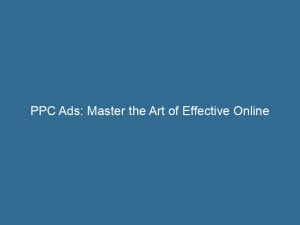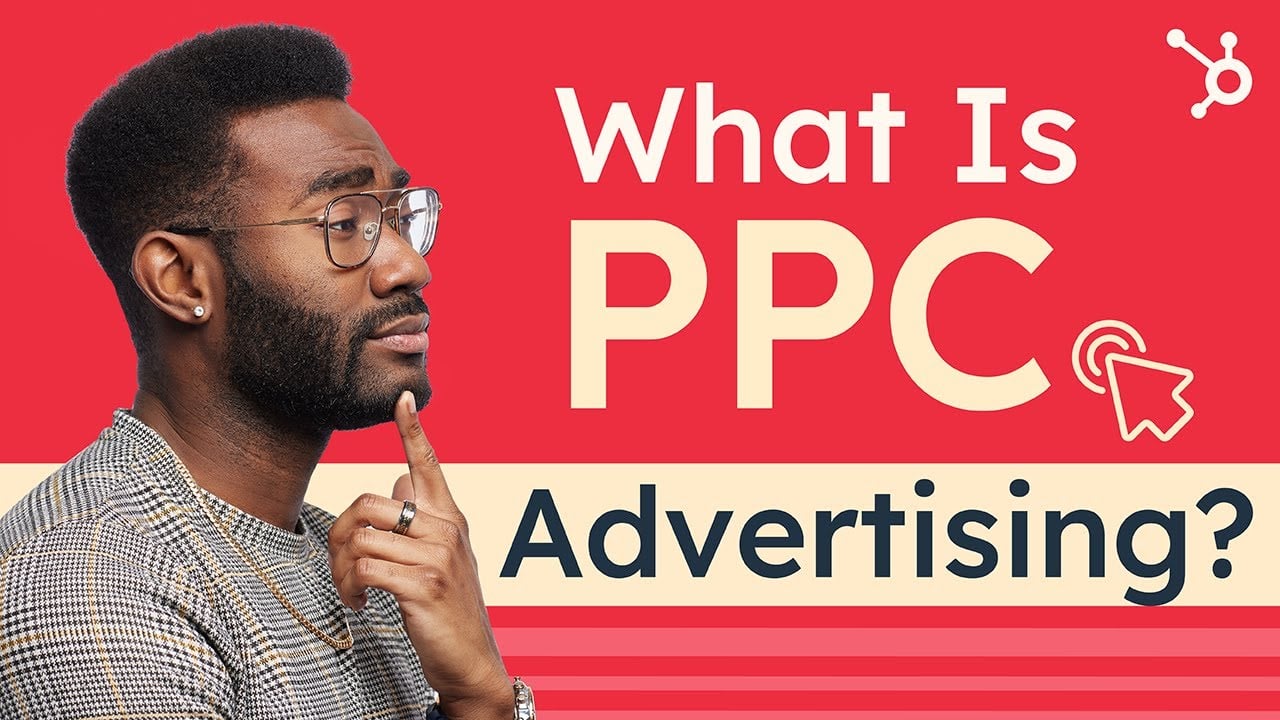In today’s digital age, where attention spans are shorter than ever, businesses seek innovative ways to capture the interest of their target audience. One such method has proven to be a game-changer in the advertising realm: PPCads.
Pay-per-click advertising offers a unique opportunity for companies to place their messages directly in front of potential customers. With search engines and social media platforms as the playground, businesses compete for ad placement based on ad rank and quality score.
But the art of PPC goes beyond simply bidding on keywords; it involves meticulous research, strategic A/B testing, and a harmonious blend with SEO tactics. Join us on a journey into the world of PPC, where extraordinary results await those who dare to dive in.
Table of Contents
ppcads
PPC ads, or pay-per-click ads, are a form of advertising where the advertiser pays to have their website displayed on search engine result pages. PPC ads can generate quality leads and provide a high return on investment (ROI).
These ads can be found on search engine result pages as well as on social media platforms. In the realm of search engine marketing (SEM), PPC includes both paid advertising and organic ranking on search engines.
The amount an advertiser pays for each click on their ad is known as cost per click (CPC), and the position of an ad on search engine result pages is determined by its Ad Rank. Search engines assign a Quality Score to ads based on factors like click-through rate and relevance.
Ad campaigns and ad groups target specific keywords and themes, and ad text should be relevant and appealing to the target audience. Landing pages should be highly targeted and deliver what was promised.
A/B testing is crucial for optimizing PPC campaigns. Popular PPC platforms include Google Ads, Bing Ads, Facebook Ads, AdRoll, and RevContent.
Combining SEO and PPC strategies can improve results. Keyword research and tracking are important for PPC success.
Ad copy should be relevant, include keywords, and have an appealing call-to-action (CTA). Closely monitoring metrics can improve ROI and campaign performance.
Effective tactics like ad scheduling, sitelink extensions, and conversion tracking can be implemented. Negative keywords and match types can optimize ad targeting.
Paid social media ads offer PPC options with retargeting and Lookalike Audiences. Effective PPC management and tracking involve setting goals and adjusting campaigns.
PPC management tools like HubSpot and SEMRush can streamline the process.
Key Points:
- PPC ads involve paying to have a website displayed on search engine result pages and can generate quality leads with a high ROI.
- They can be found on search engine result pages and social media platforms.
- PPC includes both paid advertising and organic ranking on search engines.
- The amount an advertiser pays for each click is the cost per click (CPC), and ad position is determined by Ad Rank and Quality Score.
- Ad campaigns and groups target keywords and themes, with relevant ad text and targeted landing pages.
- A/B testing, combining SEO and PPC strategies, tracking metrics, and implementing effective tactics are important for PPC success.
Sources
https://blog.hubspot.com/marketing/ppc
https://www.forbes.com/advisor/business/ppc-marketing-guide/
https://www.wordstream.com/ppc
https://www.wordstream.com/pay-per-click-advertising
Check this out:
💡 Pro Tips:
1. Use Ad Extensions: Ad extensions can enhance your PPC ads by providing additional information or call-to-action buttons. Experiment with sitelink extensions, call extensions, and location extensions to make your ads more engaging and noticeable.
2. Utilize Remarketing: Implement remarketing campaigns to target users who have previously visited your website but did not convert. This strategy allows you to stay top-of-mind and increase the chances of conversion.
3. Test Different Ad Formats: PPC ads come in various formats, including text ads, image ads, video ads, and responsive ads. Test different ad formats to see which ones resonate best with your target audience and drive the most clicks and conversions.
4. Optimize Landing Pages: Ensure that your landing pages align with the message and offer in your PPC ads. A highly targeted and persuasive landing page can significantly improve your conversion rates and overall campaign performance.
5. Monitor Competitor Ads: Keep an eye on your competitors’ PPC ads to gain insights and inspiration. Analyze their messaging, offers, and strategies to identify opportunities for improvement and stay ahead in the competitive landscape.
Introduction To PPC Ads And Their Display On Search Engine Result Pages
PPC (Pay-Per-Click) advertising is a powerful online advertising method where advertisers pay to have their website displayed on search engine result pages (SERPs). This type of advertising allows businesses to bid on specific keywords or phrases relevant to their target audience.
When a user searches for these keywords, the advertiser’s ad may appear at the top or bottom of the SERP. PPC ads are typically displayed alongside organic search results and can be identified by their “Ad” label.
PPC ads provide businesses with a distinct advantage by allowing them to quickly attract potential customers to their website. These ads are highly targeted, meaning they only appear to users who are actively searching for products or services related to the advertiser’s offerings.
This targeting capability significantly increases the likelihood of generating quality leads and conversions.
Benefits Of PPC Ads In Generating Quality Leads And Maximizing ROI
One of the key benefits of PPC advertising is its ability to generate quality leads. By targeting specific keywords and themes, advertisers ensure that their ads are shown to users with a high likelihood of being interested in their products or services.
This targeted approach helps businesses maximize their ROI by directing their advertising budget towards users who are most likely to convert.
Additionally, PPC ads offer a high degree of control and flexibility. Advertisers can set their budget and bid amount per click, ensuring that they have full control over their campaign expenditure.
This level of control allows businesses to optimize their spending and allocate more resources to the most profitable campaigns.
Furthermore, PPC ads provide valuable insights and data that can be used to refine advertising strategies. Advertisers can track the performance of their ads, monitor click-through rates, and analyze conversion rates.
This data-driven approach allows businesses to make data-backed decisions, continuously improve their campaigns, and achieve higher overall ROI.
PPC Ads On Search Engine Result Pages And Social Media Platforms
PPC ads are not only limited to search engine result pages but can also be found on various social media platforms. Social media platforms like Facebook, Twitter, LinkedIn, and Instagram offer PPC advertising options that allow businesses to target their ads to specific demographics, interests, and behaviors.
By leveraging the vast user base and targeting capabilities of these platforms, advertisers can reach their desired audience effectively. Social media PPC ads are highly visual and can be personalized to align with the platform’s native content.
This level of customization enables businesses to create ads that seamlessly blend into the user’s social media experience, increasing engagement and click-through rates.
It is worth noting that while search engine PPC ads primarily capture users with a clear intent to find specific information, social media PPC ads can target users who may not be actively searching for specific products or services. This distinction provides businesses with unique opportunities to reach a broader audience and create brand awareness.
Continued in the next message…












